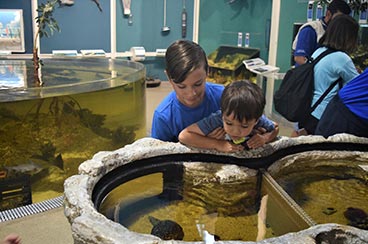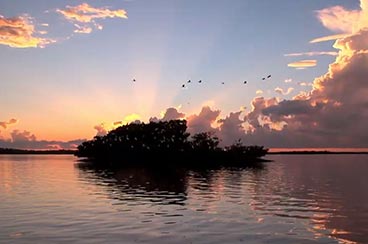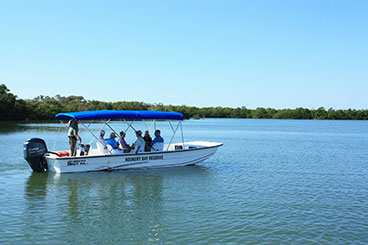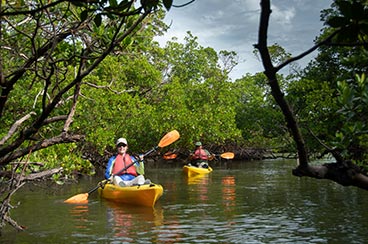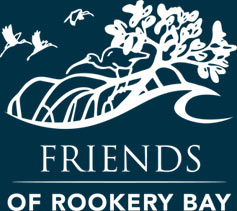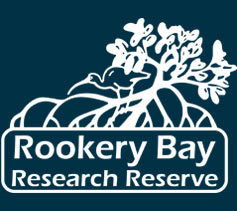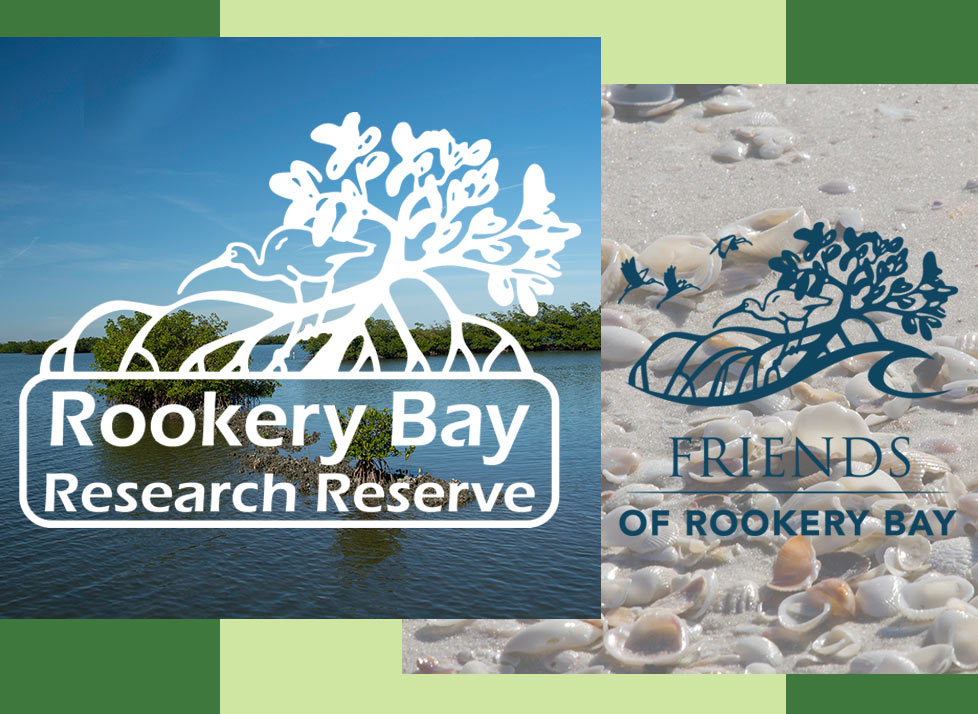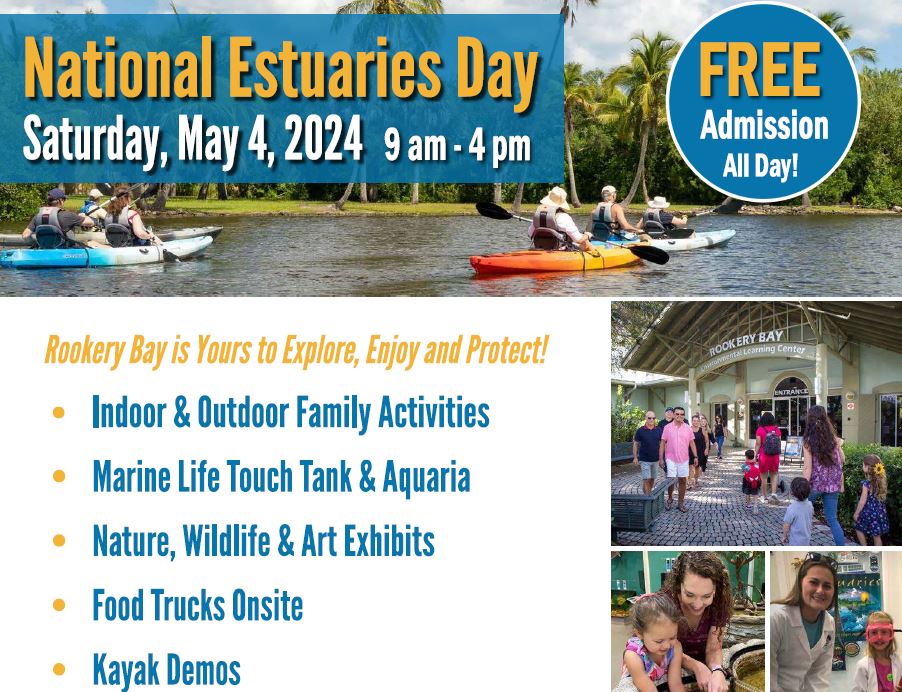MONITORING
Learn about the SWMP Program and access data and metadata
- Access Rookery Bay specific data
- Use online tools to evaluate trends and summaries
- SWMP data for educators
- Coming soon: Our SWMP status report
After roughly 60 days, baby turtles emerge from the nests under the cover of darkness and crawl to the water, swimming until they reach relative safety in seaweed beds before being swept away on currents across the sea. Resource managers follow up on each nest to document the number of hatched eggs to get a better understanding of nesting success.
As of July 2018, 1,139 temperature data loggers have been deployed in sea turtle nests with the help of Conservancy interns.
Read Cape Romano Complex Sea Turtle Annual Report 2016.
Help Make a Difference!
Volunteer at Rookery Bay

